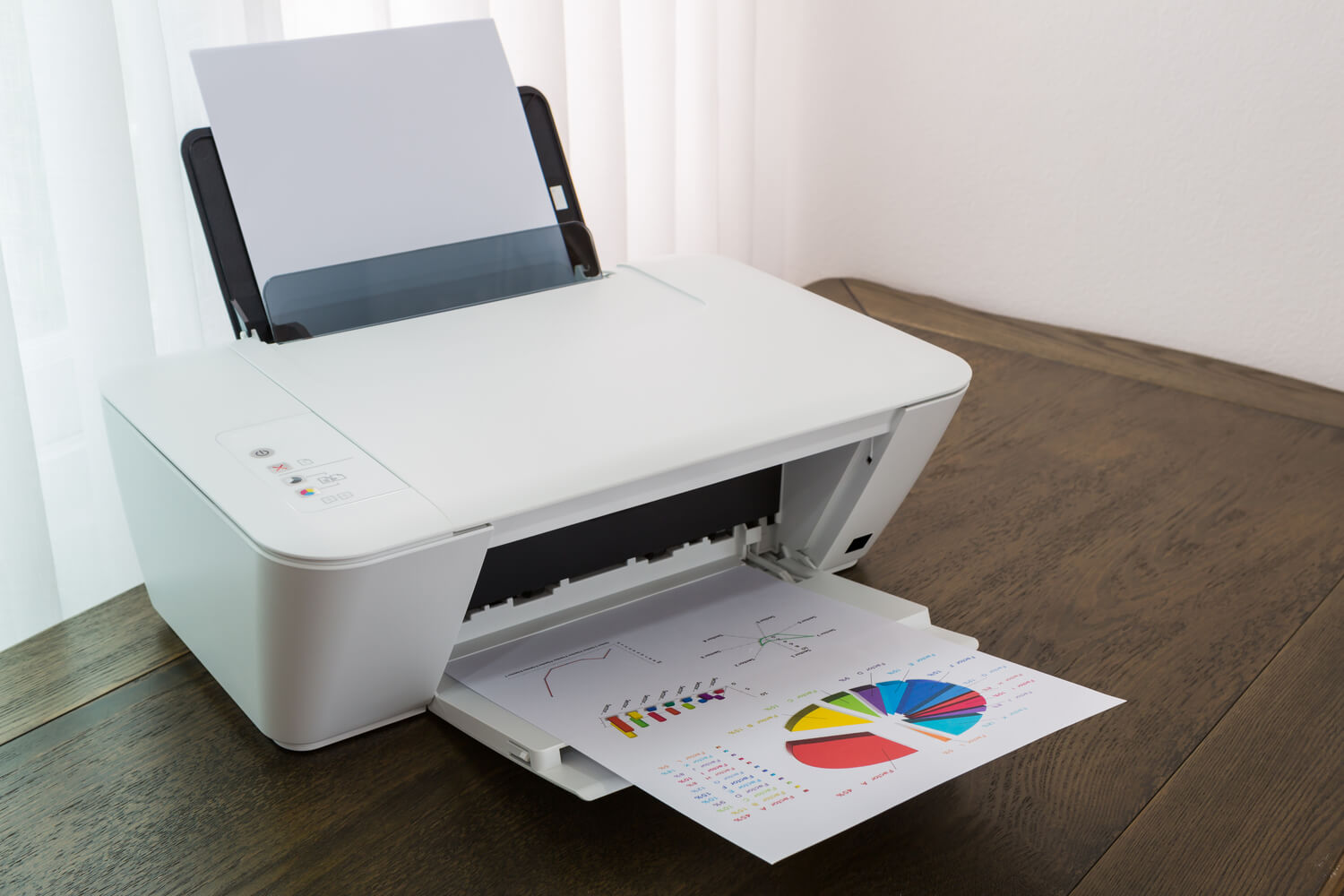
Printers for Home: Things to Consider
Selecting a home printer can be tough considering the sheer amount of options on the market. The convoluted terms only make it a more complicated process. To help you make an informed decision, the following comprises a quick buying guide to select a home printer with best recommendations.
1. Inkjet or laser printer
First decide on your printing needs and volume that you need to print. Color inkjet printers are fast and the output is are quick and fast. Laser printers are good if you need to do monochrome printing. Color inkjet printers, however, offer more flexibility. Color laser printers are another option but they have a higher per-page cost compared to other types of printers. For home use, a multi-functioning unit is more sensible as it saves money and also room space. The latest device that has been designed for home use is an all-in-one model for home users that combines photocopying, scanning, and printing options.
2. Photo printers
If you are interested in preserving pictures, you can consider a dedicated single-function photo printer. Though these devices lack the flexibility of a multi-tasker, the quality of the print is typically better.
3. Supply costs
The business model printer is almost century-old, but still alive and many companies entice customers with budget prices knowing well that the buyer would have to replace the ink cartridges over and over again. It is worthwhile to purchase an expensive printer and to know well in advance when the cartridge needs to be refilled. It is, however, less pricey to refill than buying new cartridges. HP offers an instant ink program while Canon and Epson offer ink-tank models. Brother offers several printers with multiple cartridges in the box.
4. Two-sided printing or scanning (Duplexing)
While buying a printer, one feature that is common is to consider automatic duplexing. Duplex scanning is a major convenience when there is a need to frequently scan two-sided pages. Duplex printing is almost a must-have these days. It helps save paper as single side printing can be avoided.
5. Networking capability
Though USB has been the standard interface for many years, today every printing device offers multiple connectivity options. Most modern printers are now shared by multiple devices through a network. It could be through the ethernet which makes a faster connection, but this setup is more common in an office than at home. At home, the most popular and common method of networking is Wi-Fi. Most homes today have Wi-Fi routers set up. A new option known as Wi-Fi direct lets you connect the printer to a laptop without having to connect the printer to a network first.
6. Memory card slots, PictBridge card slots, and the Cloud
It is recommended to consider a printer with in-built memory slots, Bluetooth capabilities, PictBridge, or Cloud-based support if you are planning to print many pictures. PictBridge-enabled cameras can be plugged into a printer to connect to a PC. Moreover, Cloud-based connectivity allows you to directly send photos to Google Cloud print, Dropbox, and others.
When choosing a printer, you should ensure to compare the above points and go for the one that suits your needs best. However, go to a store and do a couple of test print outs before making a decision.


